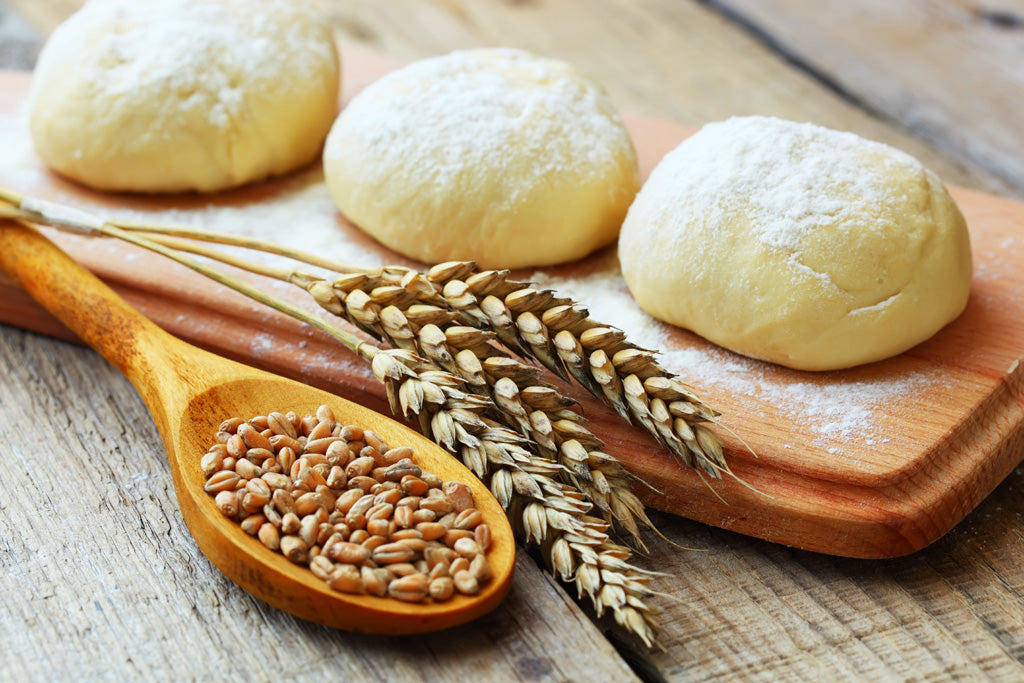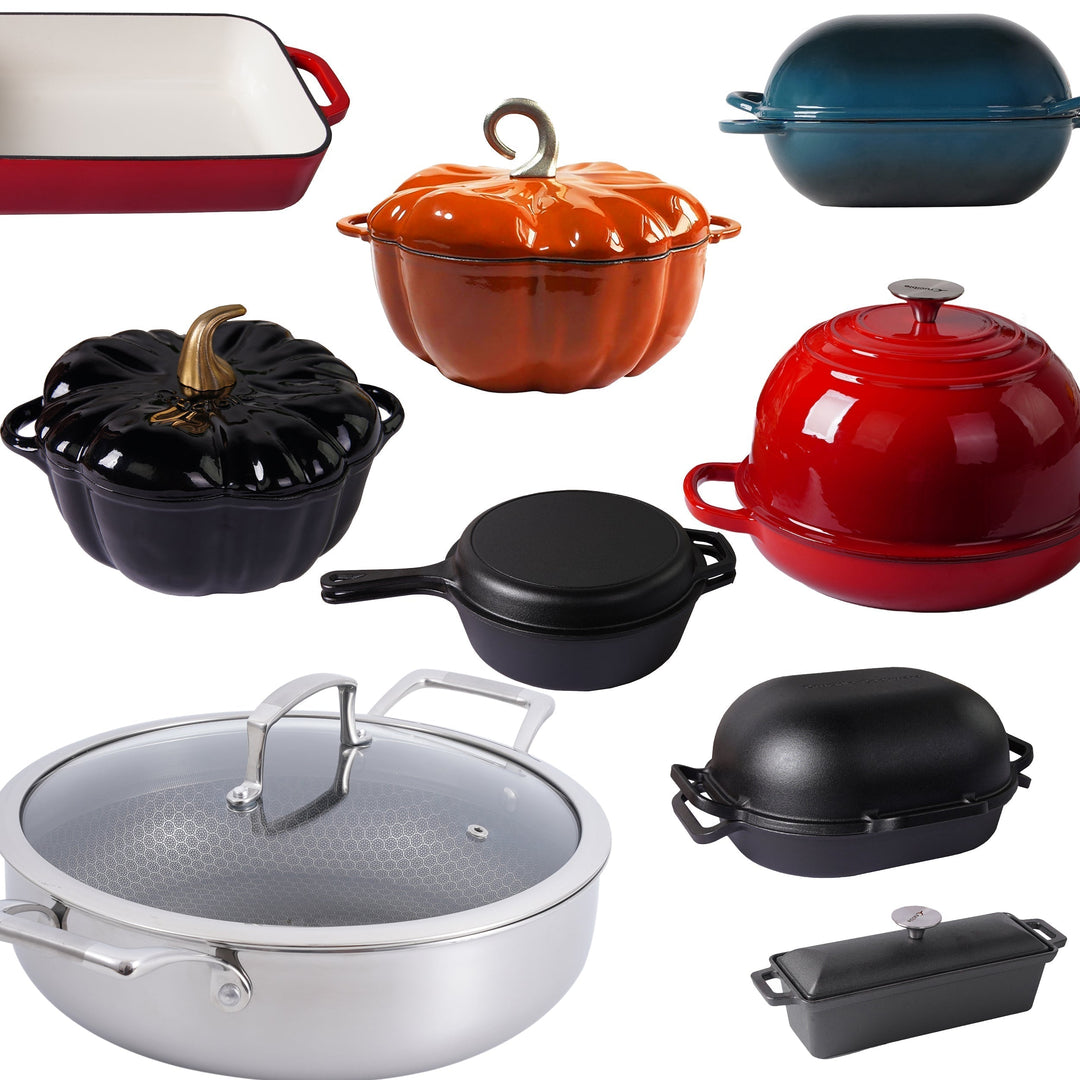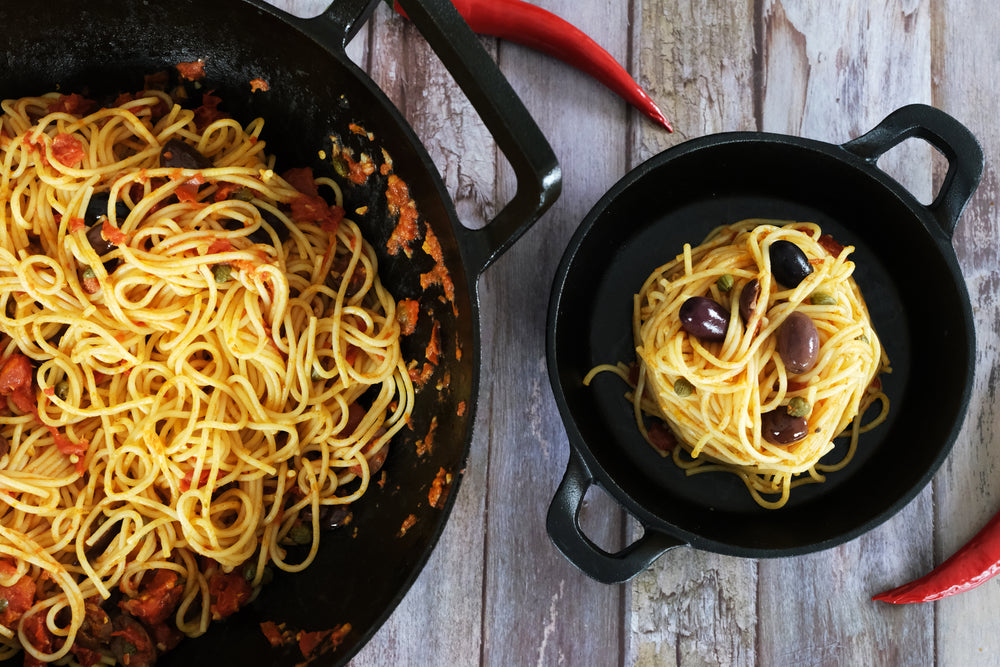Sammenligning av deigingredienser: Vann vs. Melk - Effekter på tekstur, smak og næringsinnhold

Noen deigoppskrifter bruker vann mens andre bruker melk, hva er forskjellen med hensyn til resultatene?
Å bruke vann eller melk i deigen kan gi forskjellige teksturer, smaker og generelle egenskaper i sluttproduktet. Her er noen forskjeller:
-
Tekstur: Deig laget med melk har en tendens til å være mykere og rikere i tekstur sammenlignet med deig laget med vann, som kan være fastere og tettere.
-
Smak: Melk tilfører en subtil sødme og fylde til deigen, mens vann gir en mer nøytral smak. Dette kan påvirke den totale smaken av bakverket.
-
Farge: Melk kan også bidra til en litt gyllen farge i det ferdige produktet på grunn av Maillard-reaksjonen, som er en kjemisk reaksjon mellom aminosyrer og reduserende sukkerarter som gir brunet mat sin ønskede smak og farge.
-
Næringsinnhold: Melk tilfører ekstra næringsstoffer som protein, fett og vitaminer (spesielt vitamin D hvis melken er beriket), noe som kan bidra til næringsprofilen til bakverket.
-
Allergier og preferanser: Å bruke vann i stedet for melk kan gjøre oppskriften egnet for personer som er laktoseintolerante eller allergiske mot meieriprodukter. Det imøtekommer også kostholdspreferanser som veganisme.
-
Kostnad: Vann er generelt billigere enn melk, så å bruke vann i stedet for melk kan være mer kostnadseffektivt, spesielt i storskala bakeoperasjoner.
Til syvende og sist avhenger valget mellom å bruke vann eller melk i deigen av ønskede egenskaper i sluttproduktet, kostholdsconsiderasjoner og personlige preferanser.















Legg igjen en kommentar